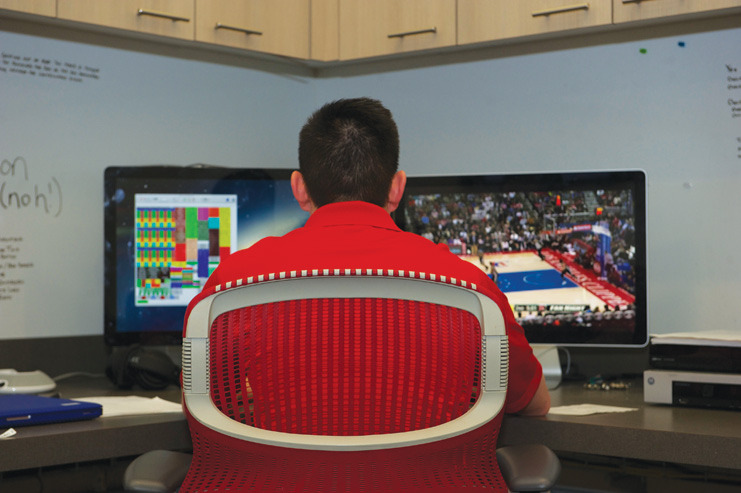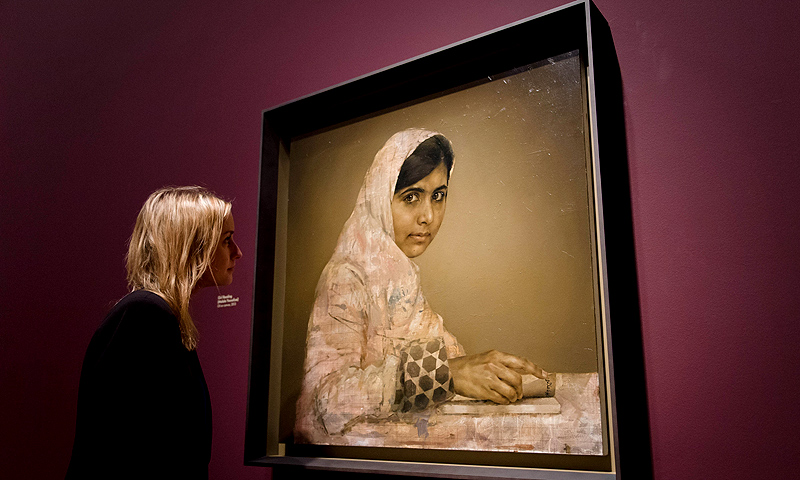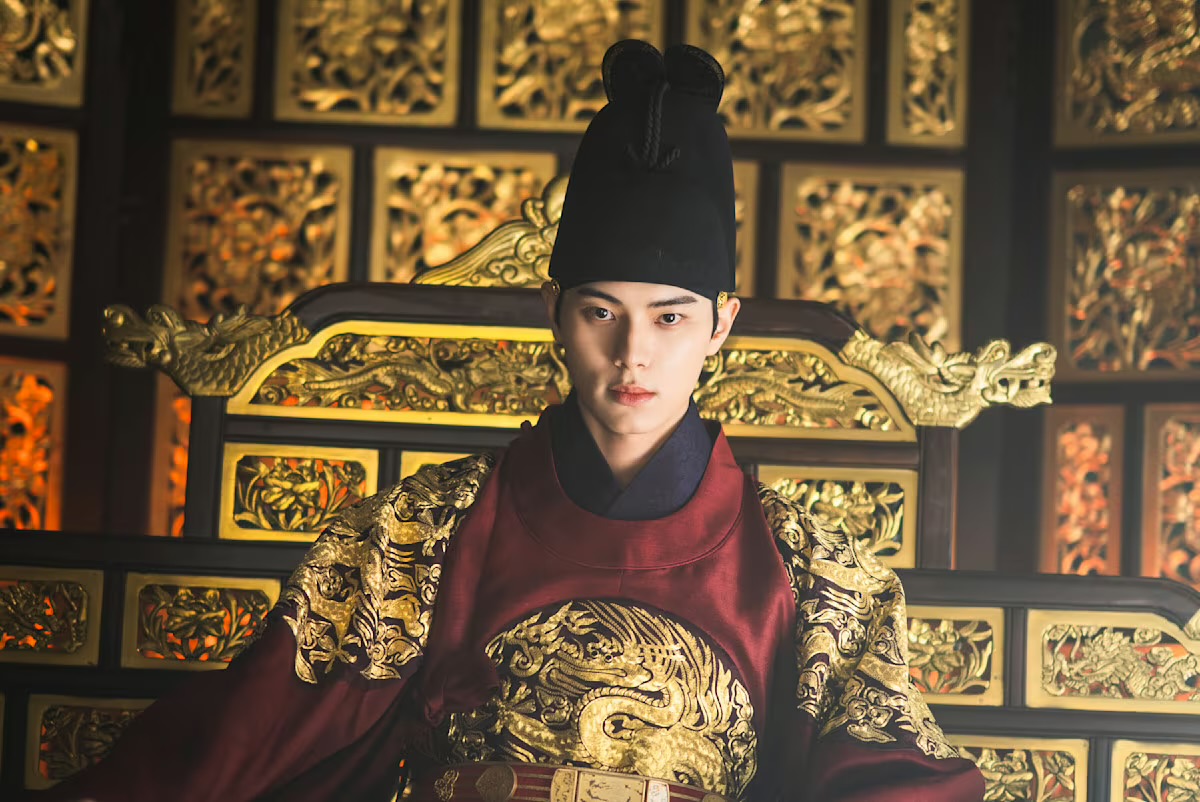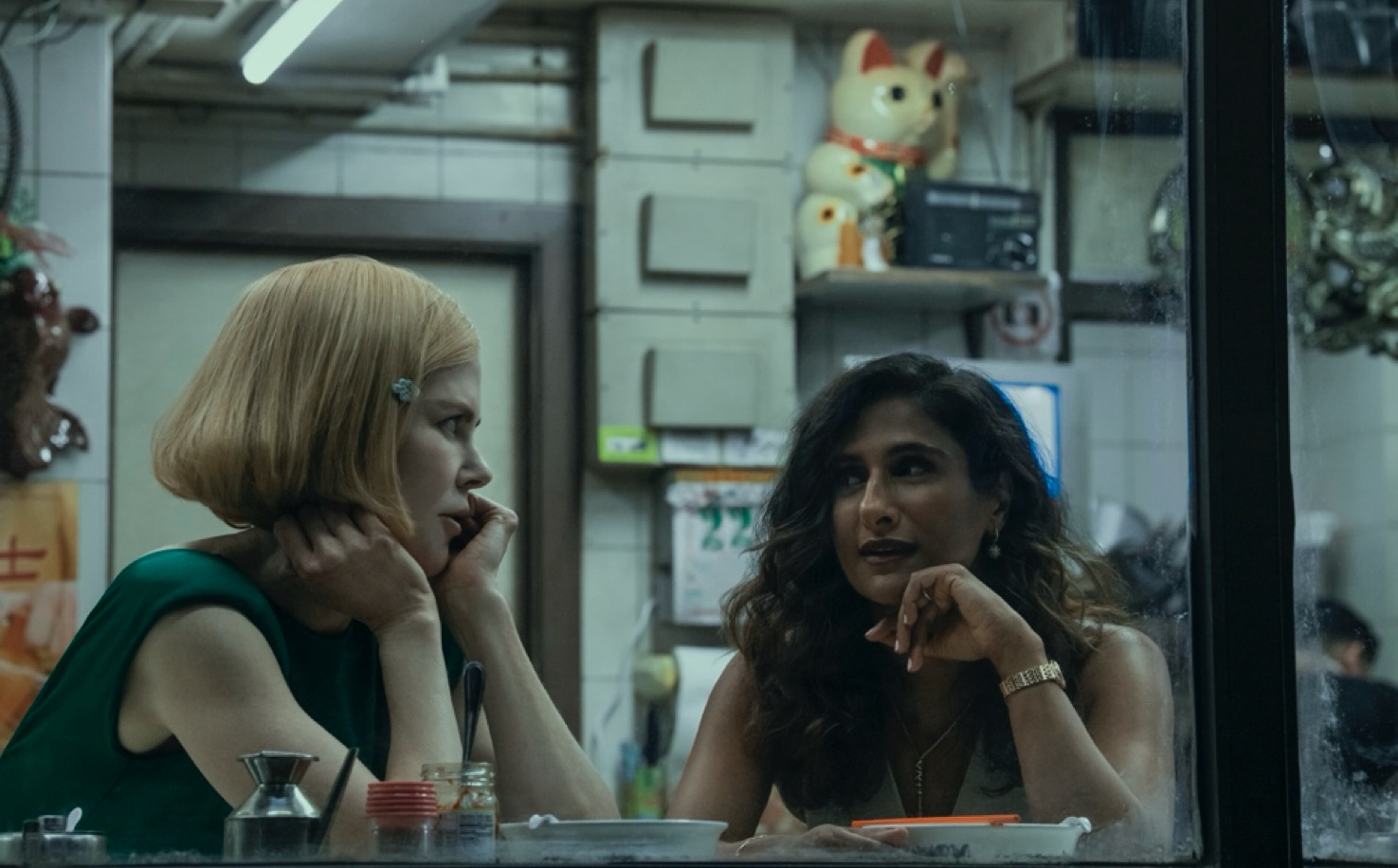Jonathan Yim, head video coordinator for the Portland Trail Blazers, sits at his desk breaking down an upcoming opponent.
Taking His Shot
In two years, Jonathan Yim went from coaching high school basketball to heading the video department of the Portland Trail Blazers.
by STEVE HAN
As the head video coordinator for the Portland Trail Blazers, Jonathan Yim occupies a position that has gained great attention in recent years. If you watch a Blazers game these days, you’re likely to see players on the bench studying their iPad screens, reviewing clips from earlier in the game. Yim’s duties include filming, reviewing and editing videos of the players’ performances, and working closely with the coaching staff and players to help the team make in-game adjustments at decisive moments.
It’s a job the detail-oriented, 29-year-old basketball lover thoroughly enjoys, yet it’s a world that may have never opened up to him, had he not peered into a garbage can one fateful day in 2011.
[ad#336]
A then-26-year-old Yim was coaching the boys’ junior varsity basketball team at Santa Margarita Catholic High School in Orange County, Calif., school trash can. It was advertising shooting lessons by Bob Thate, a former shooting coach for the New Jersey Nets’ guard Jason Kidd. Thate had passed them out at the school earlier in the day. Yim picked up the paper from the garbage, called the coach and asked him to give shooting lessons to his players.
The two built an immediate friendship. Thate, who at the time still served as a personal shooting coach for Los Angeles Lakers forward Luke Walton, had a bad hip, so he always invited Yim to tag along and grab rebounds for him at Walton’s shooting drills at the Lakers practice facilities. Thate continued inviting Yim when he was later consulted by the Los Angeles Clippers.
“Maybe he just brought me along to take the carpool lane,” Yim said, jokingly. “But he just kept inviting me.”
After getting to know the Clippers coaching staff, Yim got an internship in their video department for the 2012-13 season. A year later, he accepted the Blazers’ offer to become their head video coordinator. The fourth-generation Korean American tends to downplay his role, but he also knows it’s a position that could certainly serve as a springboard for greater things—as it has for Erik Spoelstra, the head coach of the back-to-back world champion Miami Heat, as well as Cleveland Cavaliers’ Mike Brown, both of whom got their start in professional basketball in the video room. (Incidentally, Spoelstra, whose mother is from the Philippines and father is Dutch Irish American, is the only Asian American head coach in the NBA. Yim wouldn’t mind joining him.)
Yim spoke to KoreAm Journal when he was in L.A. last February for a road game with the Blazers, which appear almost certain to make the NBA playoffs for the first time in three years. (Update: The Blazers will begin their first-round playoff series against the Houston Rockets this Sunday.) He talked about basketball, family, faith and why he’s taking his 50-50 shot.
[ad#336]
You don’t have any playing experience in basketball beyond the high school level. How did you get into coaching the game?
I played basketball since I was little and loved it, but I was always shy. I never shot that much. It’s funny. Maybe I was afraid of missing. My main sport was actually golf. If I didn’t get the Clippers job last year, I was gonna go to Korea to play. I was seriously considering that. But I always wanted to coach basketball. I played in high school, but it’s funny, because I really fell in love with coaching because I coached at the same time.
My freshman year of high school, I had home school with my sister because she was this championship gymnast. So I got to spend a lot of time with my dad. My dad was driving me home one day that year and asked what I wanted to do when I grow up. I told him I wanted to volunteer and coach basketball next year as community service. I said, “Dad, I want to coach with you. Let’s do it together.” He thought it was a great idea, but he suddenly passed away that year.
I’m sure your father would’ve been proud to see you come this far.
When I travel with the team for games, I see my dad’s friends. They always like talking to me, although I haven’t seen them in like 10 years. They always end with, “Your dad would be really proud of you.” My mom was great, too. The day after my dad died [of a heart aneurysm], we all woke up crying. But my mom said,“We’re gonna be OK.” At the time, I didn’t know how we were gonna be OK, especially money-wise. But my mom made it work and made sure Tabitha [my sister] and I had everything we needed. She stuck with me. And I know she’s really proud of me now.
So how did your career in basketball start?
A year after my dad passed away, I went to the Boys and Girls Club to coach as a volunteer. I really liked it. I started coaching girls when I was 14. My first team was a sixth-grade girls team. When I turned 15, I took the sixth-grade boys also, and in another league I coached another girls team. I did that all the way through my senior year in high school.
[ad#336]
Wow, is it common for 14-yearolds to get into coaching?
Probably not. It ended up being a little weird because I was so close in age with my players. My senior year in high school, three girls I coached the year before were freshmen at the same school. After I graduated high school, I coached Woodbridge High School’s boys basketball freshmen team. A year later, I went to Orange High School and coached the girls varsity team. I was 19.
I really liked coaching girls basketball. They’re very analytical and cerebral. So when you talk to them, you can’t just say, “You gotta go here, and you’re gonna come off this way.” You gotta explain exactly what they should do, why they should do it. You explain the footwork and get down to every detail. By coaching girls, I became really detail-oriented. And I really had to learn a lot about the game of basketball. And when I went back and coached at the freshmen team at Northwood, I had 26 kids on the team. Usually, a team only has like 14. We had 26, you know why? It was important that I get as many kids involved, especially with the transition to high school for freshmen kids. I wanted to make them feel like they’re involved with something. So I took 26 and played all of them throughout a game. I was the craziest coach in Orange County. I really enjoyed it.
You grew up in Southern California your entire life until you moved to Portland. What was it like growing up as a Korean American basketball coach?
It was hard because, growing up, I didn’t speak Korean. I’m a fourth-generation Korean American. I never really felt connected to being Korean as a kid, because I didn’t really fit in with a lot of the other Koreans. All my idols, I didn’t have Korean idols.
Did that change as you got older?
My cousin lived in L.A. in 2008.
He took me to Kollaboration (an Asian American talent showcase), and I felt very inspired by it. They had Sam Kang. He sang a song about dreams. I just remember Sam Kang because he talked about how, as a generation of Asian Americans, it’s important to be empowered to help our community. I was like, “Maybe Koreans don’t accept me, but I can still do something and make this community proud, so other people could look at me and say that I’m Korean American and that I made it.”
I’m assuming your high school and club teams had to be really good for you to get into the NBA at a relatively young age.
Prior to Orange, I won 17 youth titles in five years in Irvine, but it’s a different game in high school. At Orange, we were awful. It really humbled me. When I went to coach the girls junior varsity team, I was like, “I’m gonna win! We’re gonna win this title!” And we won, like, two games the entire season. But in 2007, I coached the boys varsity team at Santa Margarita right after they just won the state title. They played in the hardest league in California with Mater Dei, St. John Bosco, Servite and Orange Lutheran. It’s the hardest league. Kids go there to play basketball. I wanted to challenge myself a little bit more, so I coached that team, and we did well for two years.
Then how did you go from a basketball powerhouse like Santa Margarita to a minnow like Crystal Cathedral?
I was playing golf with some pastors. They told me, “Hey, we need a basketball coach for our high school at Crystal Cathedral.” The school had about 40, 50 kids. I was like, “Why would I go there? I was just at Santa Margarita and beat Mater Dei!” Even my best friend said I’d be committing career suicide. All my coach friends were giving me crap about it. But my mom really encouraged me to do it, and I felt like I was supposed to be there because God wanted me there. Also, my dad was a minister at the Crystal Cathedral. Even though everyone told me not to go there, I felt like he was telling me, “Don’t worry about it because I’m gonna take care of you.” And he did, because next year, I got the job with the Clippers. I’m very religious. Church has always been important. I went to this great church in Orange County, Rock Harbor. Nowadays, I’m in Portland, so I listen to podcasts and just have it on in the background while I’m working.
[ad#336]
So what was it like coaching basketball at such a small school?
First off, they play on carpet.
Wait. What?
The court is carpet. And my first practice, the kids were wearing long khakis and dress shoes. Our first game at Liberty Christian, the game started, and we were down 27 to nothing. I was just praying that we scored. Everyone was just picking on my kids. Remember how I said I felt like an outsider with Koreans? That’s how I felt like with this group. We ended up putting up 12 points the whole game and lost by like 70. But a parent came to me after the game and said, “Coach Yim, that was fantastic. That’s the best our team has ever played.” And we had just lost by 70!
We got better as the year progressed. We played Liberty Christian again two months later at our home, on our carpet gym. And we lost by six, 54 to 48. The principal told me that was the best we’ve done against them, but I told him, “Forget that. We gotta beat them.” We went 0-13 in my first year. So at the end of the year, two high schools called me and asked if I wanted to coach for them, but I said no. I had to stay. I wanted Crystal Cathedral to win and feel proud. And the first thing I did was buy them new uniforms, shooting shirts, warm-ups and T-shirts. When they walked into the gym, I didn’t want them to feel ragtag. I wanted to make them look good. We played 26 games that year, and won three. I was proud of each win. I’m still the all-time winningest coach in school history.
Your sister also comes from an athletic background.
Yes, Tabitha Yim. She’s a gymnast. She finished seventh in 2001 at the world championship. She made the Olympic team in 2004. Trials were Saturday and Sunday, but the Tuesday after her trial, she tore her Achilles. So she couldn’t go to the Olympics. That was devastating, but Tabitha was very good about it. I learned a lot from her, actually, how she handled adversity and how she handled two really traumatic things that happened to her with both [our] dad dying and not going to the Olympics. Man, I wanted her to make the Olympic team so bad. I was the one more devastated. She went to Stanford, and she’s the school’s most prestigious all-time gymnast. And now she’s the assistant coach at Stanford. I’m her biggest fan.
It’s clear to me that you have a bigger goal you would want to achieve in the NBA.
I want to be a head coach in the NBA. That’s my goal.
Do you feel like you’re on your way? Are you getting closer?
Nah (laughs). I mean, that’s my long term goal. My goal right now is to be the best video coordinator I can possibly be.
Do you feel like you’ll have a lot of barriers to break to get there?
In 2008, I met an Asian American basketball coach. He was one of the only Asian coaches in college basketball. I asked him how he got into college basketball because I wanted to break into it. He told me, “You don’t have a shot because you’re Asian. Think about it, there’s no head coach [in the NCAA]. There are only two assistant coaches.” He pretty much gave me a list of why I wouldn’t make it. Then in 2012, I met him again in Las Vegas during the NBA summer league while I was helping out the Clippers. I told him I was trying to get a job in the NBA, and again, he said, “You’ll never get it.” I was so disappointed that I heard that from him. I really wanted him to prove him wrong because it doesn’t matter if I’m Asian.
Just because it hasn’t been done before, it doesn’t mean it won’t happen. Why can’t it be me to make it happen? It’s just like my club teams. Those were Irvine kids. I coached Indian kids, couple Asian kids and a short Mexican point guard. No way we should’ve been beating some of those teams we played, but we beat them because we don’t think that way, and we weren’t afraid of them. When the ball jumps, there’s a 50-50 shot. There’s an equal chance to win.
[ad#336]
This article was published in the April 2014 issue of KoreAm. Subscribe today! To purchase a single issue copy of the April issue, click the “Buy Now” button below. (U.S. customers only. Expect delivery in 5-7 business days).









